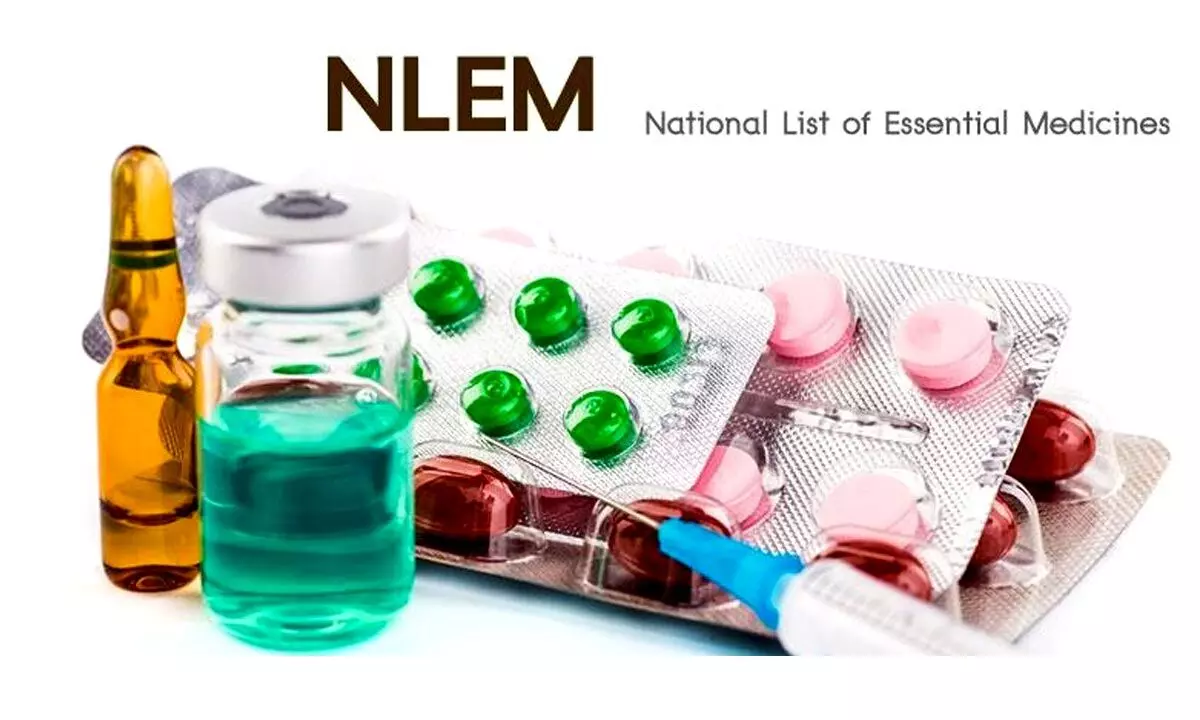DCGI clarity on relabelling of medicine prices a big relief for pharma industry
Prices of 651 scheduled formulations have been reduced by around 16.62 per cent
image for illustrative purpose

The state FDAs took a view that restickering of NLEM products is to be done at the manufacturer’s end. The industry once again approached DCGI for necessary action and more refined instructions. The national drug regulator reiterated its stand on the relabelling or sticking an updated MRP on the drug packages in tune with the revised prices of the NLEM products in the market
In a move that will be immense benefit to thousands of pharmaceutical companies in the country, the national drug regulator, the Drugs Controller General of India (DCGI), has allowed companies relabelling or stickering an updated maximum retail price (MRP) on the medicine packages in tune with the revised prices of National List of Essential Medicines (NLEM) products.
For the last few months, the national drug price regulator, the National Pharmaceutical Pricing Authority (NPPA), has been in the process of revising prices of essential medicines listed in the NLEM after the Schedule I of the Drugs (Prices Control) Order, 2013 replaced NLEM 2015 with NLEM 2022.
The prices of these drugs again underwent a change after NPPA allowed price hike in tune with the Wholesale Price Index (WPI) increase of 12.12 per cent, effective from April 1. The price reduction following the inclusion of NLEM 2022 into the DPCO, 2013 has resulted in a price cut of around 6.73 per cent on around 651 formulations. As per the WPI increase, prices of scheduled formulations were allowed to be increased by 12.12 per cent from April 1. However, based on the revised Schedule I of DPCO 2023, prices of 870 formulations are being revised or fixed based on NLEM 2022. So far prices of 651 scheduled formulations have been reduced by around 16.62 per cent. Even after considering the 12.12 per cent price increase based on the WPI, prices of the 651 essential medicines are still down by 6.73 per cent when it reaches the consumers.
Meanwhile, there has been confusion about the legality of the relabelling or stickering an updated MRP on packages. In fact, in a letter written in January by the then DCGI V.G. Somani had mentioned that consequent to fixing ceiling prices of the scheduled formulations by NPPA, the manufacturers may be required to re-print or re-label the revised prices of scheduled formulations produced or available in the market.
The DCGI had categorically said that they do not have any objection for re-labelling or stickering of the drugs concerned under Rule 104A of the Drugs Rules, 1945 for this purpose. However, despite the DCGI directive, FDA authorities in some states visited the premises of several stockists of select companies and asked them to discontinue re-stickering of the revised MRP. They warned the stockists that if they continue the re-stickering process their license would be cancelled. The state FDAs took a view that restickering of NLEM products is to be done at the manufacturer’s end.
The industry once again approached DCGI for necessary action and more refined instructions.
The national drug regulator reiterated its stand on the relabelling or sticking an updated MRP on the drug packages in tune with the revised prices of the NLEM products in the market.
DCGI, Dr Rajeev Singh Raghuvanshi, in a circular to all State and Union Territory drug controllers said that his office had communicated on January 27 that it has no objection for re-labelling or stickering of the drugs under the Rule 104A of the Drugs Rules, 1945. The clarification comes after the DCGI received representation from the stakeholders and a communication from the Department of Pharmaceuticals regarding the regulatory stand on the relabelling of drugs in the wake of the price changes affected in the recent past.
Of course, for the pharmaceutical industry, this is a timely gesture from the DCGI as manufacturers can save on time and energy involved in the value chain towards timely accessibility and affordability of medicines. Since the activity involved is large, it is necessary to take a practically pragmatic approach to expedite reprinting of price by the manufacturer so that the benefits of price reduction can be passed on to the consumers.
(The author is freelance journalist with varied experience in different fields)

